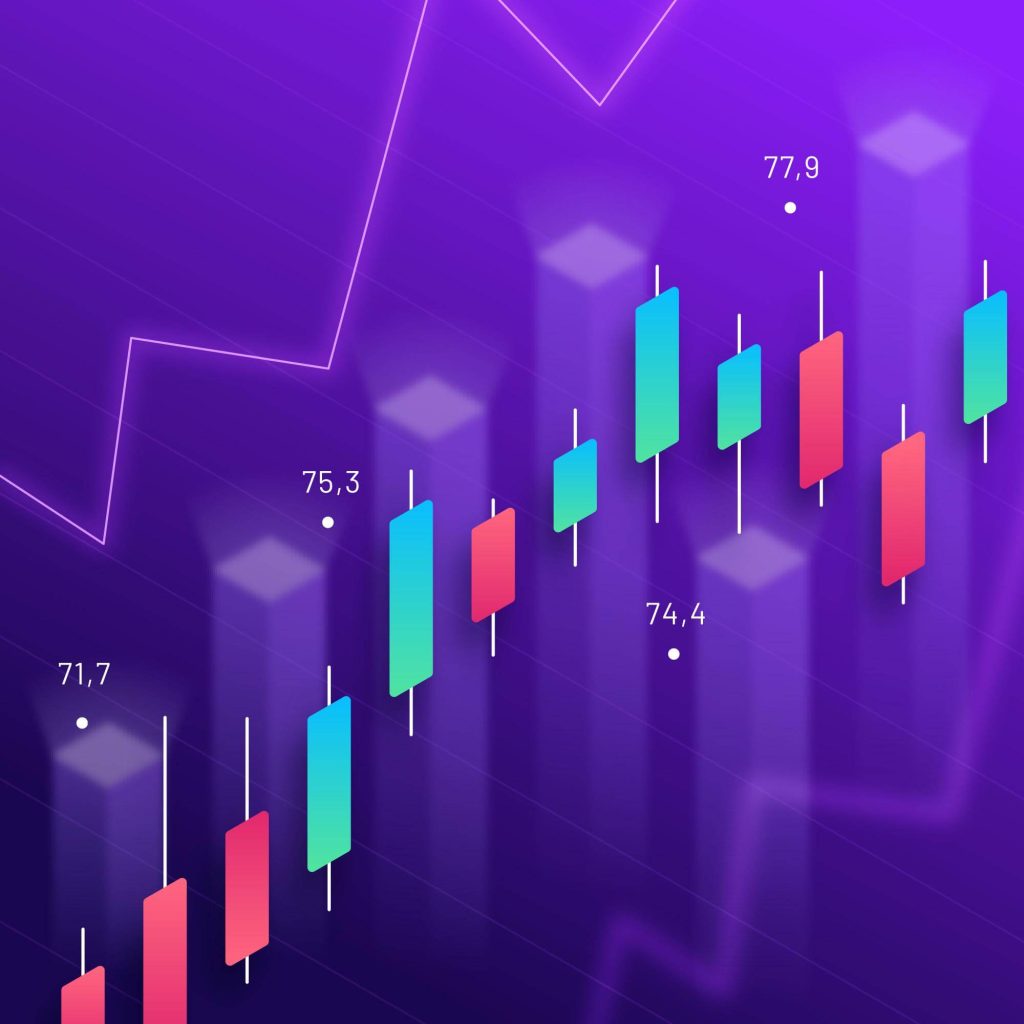As autumn approaches, markets have been anything but quiet. Inflation readings and rate-cut bets are driving major indices to new heights, while corporate headlines continue to whip individual stocks up and down. For the 11th entry in our TradoxVPS main blog series, we break down the latest movers, analyze the macro backdrop, recap high-frequency trading (HFT) and risk-management essentials, and explain how TradoxVPS helps you stay one step ahead.
Market Movers: Big Tech, New Records and Small-Cap Surprises
Big tech rallies (mostly)
- On Sept. 15, with investors eagerly awaiting the upcoming Federal Reserve meeting, big tech stocks rallied—except for a notable laggard:
- Alphabet surged more than 4%, pushing its market value above $3 trillion for the first time after a judge ruled the company doesn’t need to divest its Chrome browser.
- Oracle climbed 3%.
- Microsoft, Apple, Amazon, Meta Platforms, and Broadcom each gained over 1%.
- The outlier was Nvidia, which remained under pressure amid profit-taking.
- The day’s biggest story outside tech? Tesla—its shares rose 3% after CEO Elon Musk disclosed a $1 billion stock purchase, signaling confidence even as the company proposes a pay package that could top $1 trillion.
New record highs and sector rotation
- The Nasdaq and S&P 500 closed at record highs ahead of the Fed meeting.
- Investors rotated into hardware and commodities:
- Seagate Technology (STX) jumped 7.7% to a record high, leading the S&P 500’s advancers, as demand for its large drives that support AI data centers surged.
- Competitor Western Digital (WDC) climbed 4.8% after announcing price increases across its hard disk portfolio.
- Albemarle (ALB), the world’s largest lithium producer, gained 6.7% after rebounding from earlier losses when a Chinese mine reopened sooner than expected. Analysts emphasized the company’s cost-cutting progress and balance sheet improvements.
- Arista Networks (ANET) rose 4.3% as investors reassessed its long-term growth outlook in AI networking and price targets were raised.
- Corteva (CTVA) fell 5.7% after reports suggested it may split its seed and pesticide businesses.
- J.M. Smucker (SJM) dropped 5.2% following a downgrade tied to volume pressures and rising commodity costs.
Midcaps and Small Caps in the Spotlight
- Small-cap optimism is growing:
- The iShares Russell 2000 ETF has outpaced the Russell 1000 over the past three months.
- A Janus Henderson manager notes that small caps could deliver annualized returns around 8% over the next decade, compared with under 1% for large caps.
- Midcap growth stories like Monday.com and Wix.com continue to gain attention. Keep an eye on these rotations as investors search for the next leg of performance.
Macro Snapshot: Gold, Oil, Yields and Bitcoin
- The macro landscape is just as intriguing:
- Treasury yields eased ahead of the Fed meeting, with the 10-year yield dipping to 4.04%.
- Gold futures climbed 0.9% to $3,720 per ounce after a fresh record earlier that week.
- Crude oil also rose 0.9% to $63.30/bbl.
- Bitcoin traded around $115,500, down slightly from an overnight high.
- These movements provide context for currency and commodity trades as traders position for potential rate cuts.
HFT & Risk Management Refresher
- High-frequency trading involves algorithms that execute orders in microseconds, scanning multiple markets and exploiting tiny price discrepancies.
- While HFT enhances liquidity and narrows bid-ask spreads, it comes with significant risks:
- Positions are held for mere seconds, magnifying the impact of any error.
- “Ghost liquidity” can vanish before slower traders react.
- The technology arms race favors large firms.
- Managing risk is just as vital as catching momentum. Experienced traders follow a few simple rules:
- Plan each trade—know your entry and exit before executing.
- Use stop-loss and take-profit orders to cap losses and lock in gains.
- Limit your stake—many risk no more than 1% of account equity per trade.
- Diversify strategies across assets and time horizons.
- HFT may not be for everyone, but integrating parts of its toolkit—such as low-latency execution and automated monitoring—can benefit any active trader.
TradoxVPS: Harnessing Volatility With Confidence
To capture opportunity amid record rallies and sector rotations, you need fast, reliable infrastructure. TradoxVPS offers:
- Ultra-low latency servers near major exchanges, delivering sub-millisecond order execution.
- 99.999% uptime and robust DDoS protection to keep your platform online during economic releases and unexpected news.
- Flexible plans ranging from a free trial to professional tiers with multiple cores and generous memory.
- Quick deployment—get your trading environment running in minutes, so you can respond to breaking headlines.
How to use it:
- Build your watchlist: Add the latest movers (Alphabet, Tesla, Seagate, Albemarle, Arista) alongside midcap names like Monday.com and Wix.com.
- Develop and deploy algorithms: Whether you’re running a scalping bot or a swing-trading strategy, install it on your TradoxVPS for speed and stability.
- Integrate risk controls: Code your bots to respect stop-losses and position-size limits. Monitor your dashboards for unusual volatility.
- Stay adaptive: Major catalysts—earnings, Fed decisions, legal rulings—can change the game quickly. Adjust your strategies and watchlists accordingly.
Final Thoughts
Record highs, sector rotations and surprise winners make September an exciting time to trade. But excitement without discipline can be dangerous. Combining informed stock selection, robust risk management and a high-speed VPS like TradoxVPS can turn volatility into opportunity. And hey, if your bot catches a Seagate breakout while you’re at lunch, you can even enjoy that sandwich with a smile.
To learn more about Tradox, contact us at admin@tradoxvps.com. To receive a free week of use, follow the link in our bio. To learn more about high-frequency trading, visit the article by the Corporate Finance Institute. To become an affiliate of Tradox, follow the link provided.

